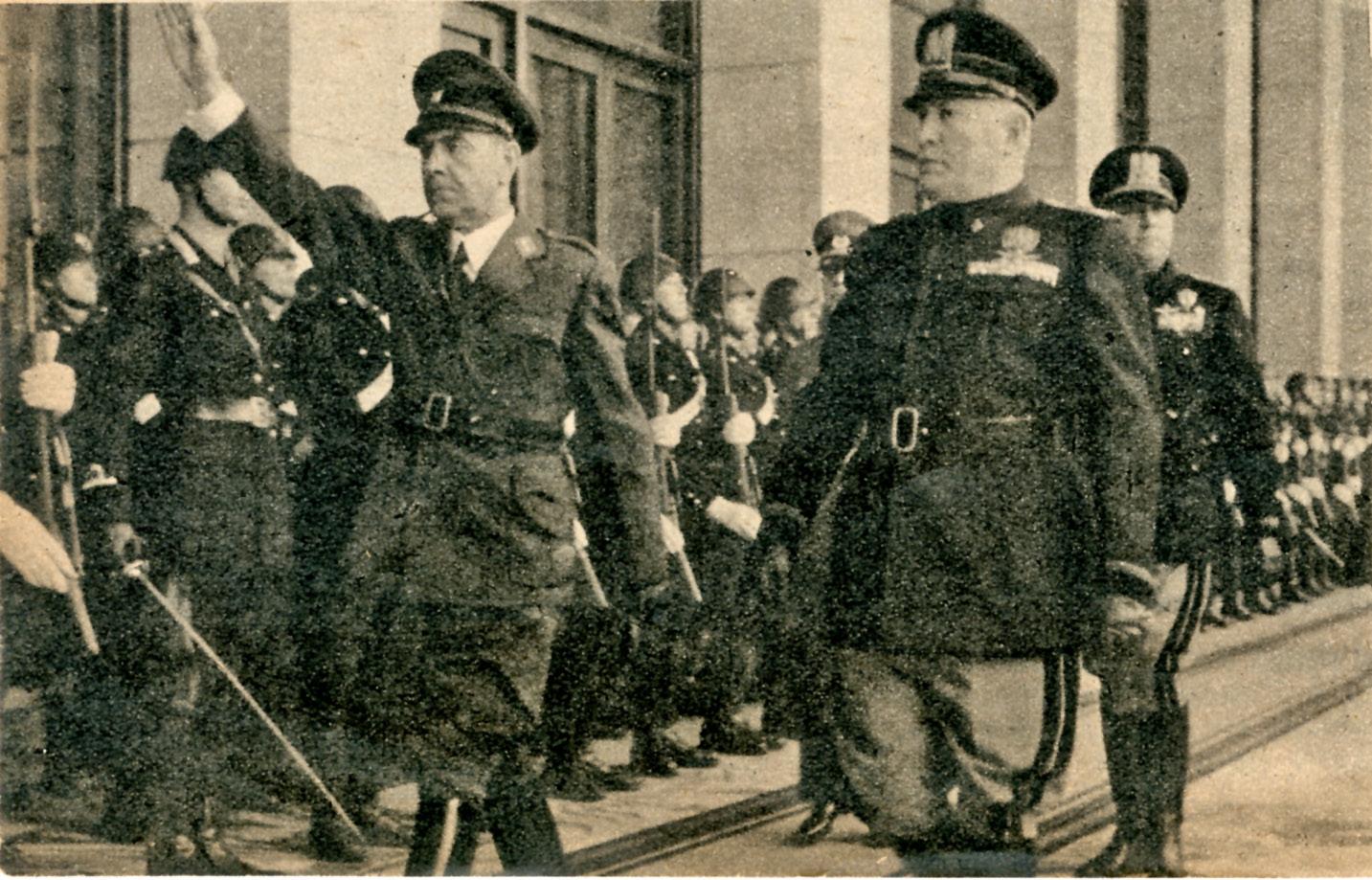253
Noi credevamo
Geography as an Aid to Strategy Halford Mackinder and the Genesis of the ‘Heartland’ Theory, 1904-1920 By Simone Pelizza
I
n January 1904, on the eve of the Russo-Japanese War, Halford Mackinder delivered his famous paper on ‘The Geographical Pivot of History’ to a small audience at the Royal Geographical Society (RGS) of London. This short lecture is generally considered as the main work which established Mackinder’s reputation as a prominent geopolitical strategist in the twentieth century.1 Indeed, his idea of a large Eurasian ‘heartland’ as the geographical basis of world domination continues to influence both academic scholars and military analysts across the globe, thanks also to its fruitful reception in America after the Second World War.2 According to Colin S. Gray, for example, the ‘heartland’ theory brilliantly depicts an ‘enduring pattern’ of opposition between oceanic and continental powers, identifying one of the major trends of global history, while Robert D. Kaplan has praised Mackinder’s strategic ‘wisdom’ as a viable guide for US foreign policy after the Iraq War.3 Yet this enthusiastic appreciation is often superficial and it does not take into account the complex development of the ‘heartland’ concept during the early decades of the last century. Moreover, the real Mackinder was very different from the ‘cardboard figure’ admired by modern geopolitical scholars, supporting contradictory ideals and following the main cultural trends of his time.4 Far from being a grand strategic vision inspired by timeless geographical truths, the Pivot paper of 1904 was the product of the ‘geopolitical panic’ of the late 1890s and it reflected a pessimistic sense of national decline in a world increasingly marked by violent tensions between great colonial powers.5 1 Halford J. Mackinder, ‘The Geographical Pivot of History’, The Geographical Journal, 23 (1904), pp. 421-37. 2 W.H. Parker, Mackinder: Geography as an Aid to Statecraft (Oxford, 1982), pp. 176-212. 3 Colin S. Gray, ‘Ocean and Continent in Global Strategy’, Comparative Strategy, 7 (1988), pp. 439-44; Robert D. Kaplan, ‘The Revenge of Geography’, Foreign Policy (May/June 2009), pp. 96-105 4 Gearoid O Tuathail, ‘Putting Mackinder in His Place: Material Transformations and Myth’, Political Geography, 11 (1992), pp. 100-18. 5 Michael Heffernan, ‘Fin de Siècle, Fin du Monde?: On the Origins of European Geopo-


























